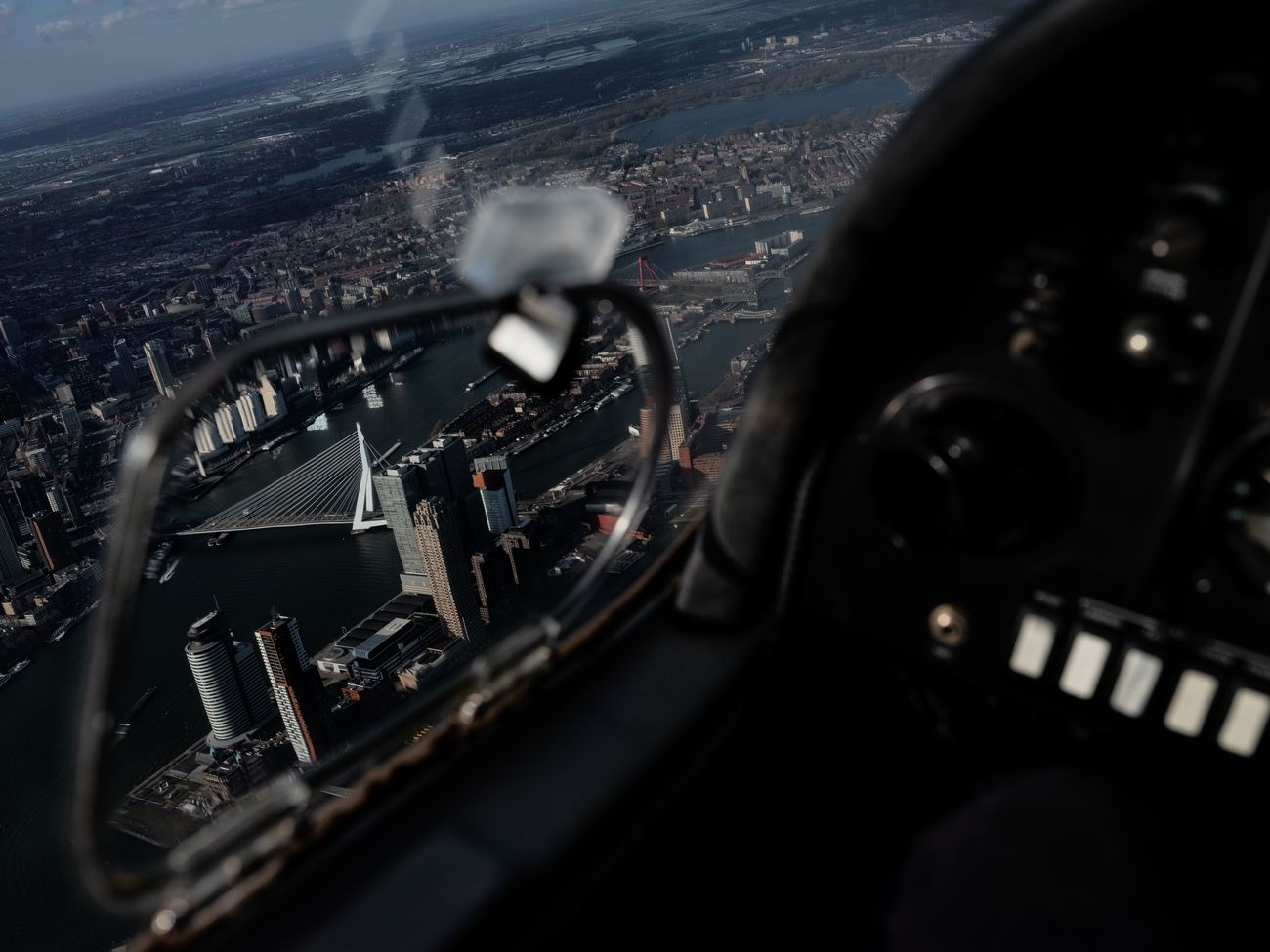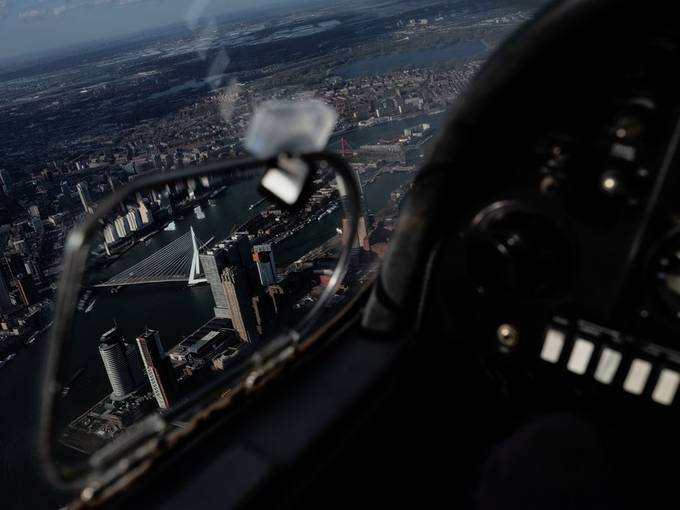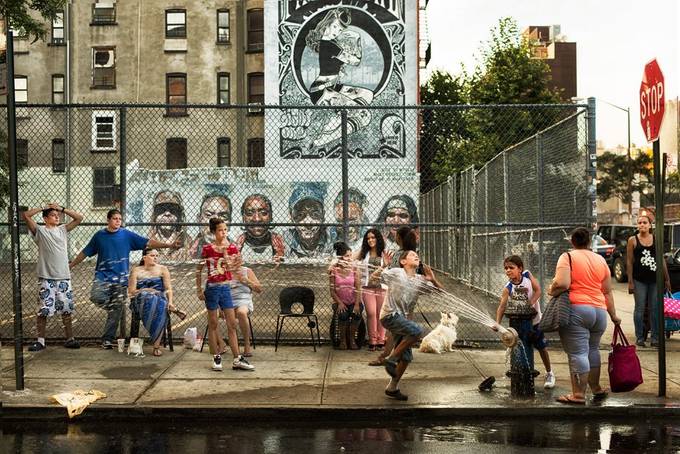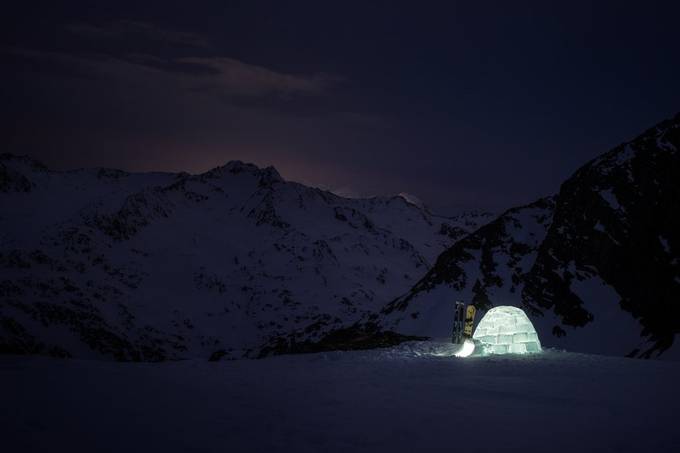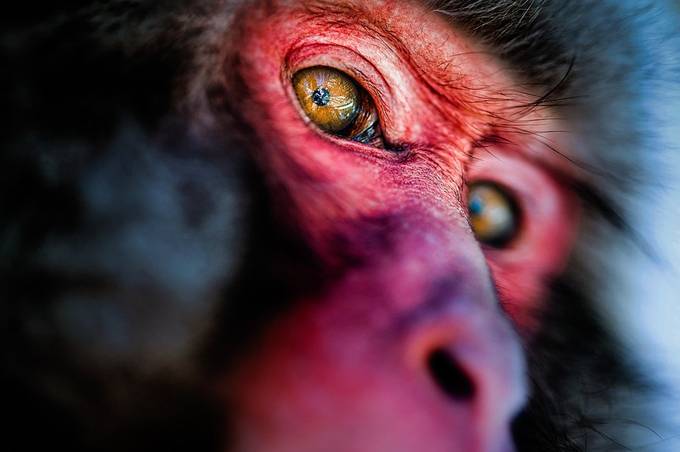We are excited to share our conversation with guest judge Peter-Paul de Meijer. De Meijer's work was recognized by a number of outdoor magazines for whom he became a frequent contributor. He combines personal work with commercial assignments for various companies in the outdoors industry such as Red Bull, O'Neill, and Motion Analysis. De Meijer has been shifting his photographic interests towards travel, adventurous sports, and food photography. In 2011 he started an ongoing collaboration with 3-star Michelin chef Sergio Herman. His work has been featured in a variety of editorial magazines, such as Traveller's World (Europe), Whitebook (China), and Powder Magazine (USA), amongst others.
What inspired you to be a photographer?
Skateboard photography. I used to devour skateboard magazines, some of the angles were just so creative and lighting techniques seemed to be so advanced.
What was your first camera and what do you shoot with today?
My first camera was an analog Canon EOS 30, after that, I’ve had multiple digital Nikon cameras, I’m using a Fuji GFX 50S at the moment.
When someone looks at your photos, what do you want them to take away from them, what are you trying to communicate?
If it involves a client it’s often their product portrayed in a way they envision it. It's great to have some creative freedom, have different visions intertwine, and have them turn into satisfactory results for everyone. When they're personal photographs it often involves communicating the beauty of shapes and nature.
What is it that you love about photography?
It is such a powerful and effective way of transferring emotions. I much prefer it over videography.
What has photography done for you?
It has gotten me all over the world, something which I'm very thankful for.
How do you describe your style?
I would say simple, with a sense of symmetry.
If you had to choose one lens which one would it be and why?
On a 35-millimeter camera, a 50-millimeter, with a wide aperture.
What are your 3 tips for others who want to become better photographers?
Practice as much as you can, look for inspiring photography and try to think why it's so inspirational and engage with fellow enthusiasts and see and learn from their ways.
Have you received negative feedback on your work? What did you do about it?
There are a lot of critics going around about everything, and I'm well aware that not everybody will like my work. Although I can't think of any particular situation right now, I believe it's good to believe in yourself and stay true to your work. If you believe it's good enough to be out there, definitely go for it.
Where did you learn to take photos?
Mostly at home, on my own, figuring out how everything works. Later, when confronted with assignments, I learned a lot more about client relations and the ways to maintain a profitable photography business.
Raw vs jpg and why?
Raw, there's just so more you can do in post-production with it.
What do you carry in your camera bag?
I tried to go on assignments as lightly as possible. A camera, sometimes two, a wide-angle lens, a normal lens, and if required a telelens. Sometimes portable flashes. Oftentimes a tripod.
What is the most common mistake you see people making when shooting these days?
I think there's a lot of replicating from others these days.
What is your dream location to shoot?
Antarctica is a place I'd want to go once.
How do you decide on where to shoot a photo?
I like to shoot where the light is interesting.
What is next for you?
We've recently moved to New Zealand which has the most beautiful nature that I've ever seen. I'm working on a new series here.


